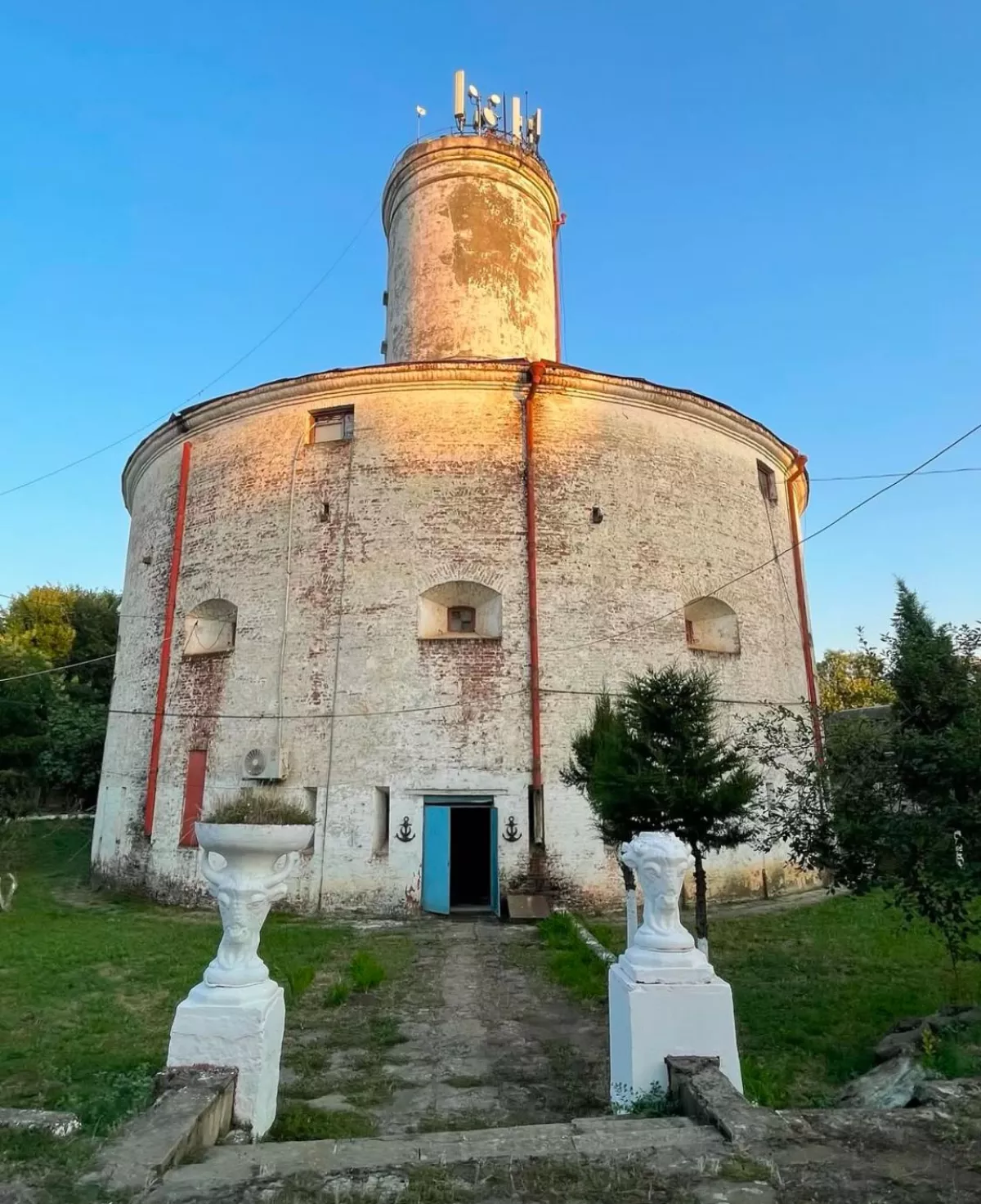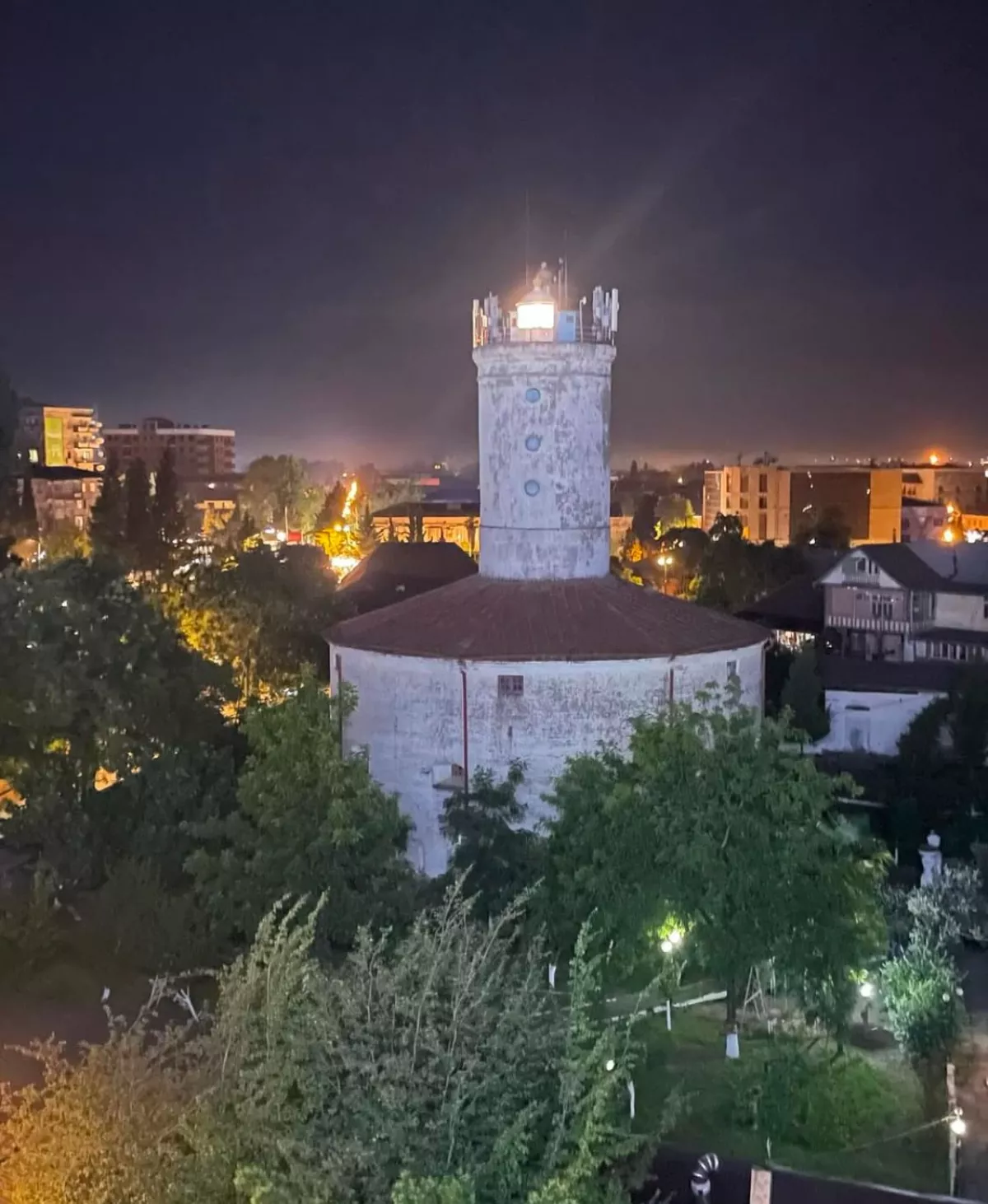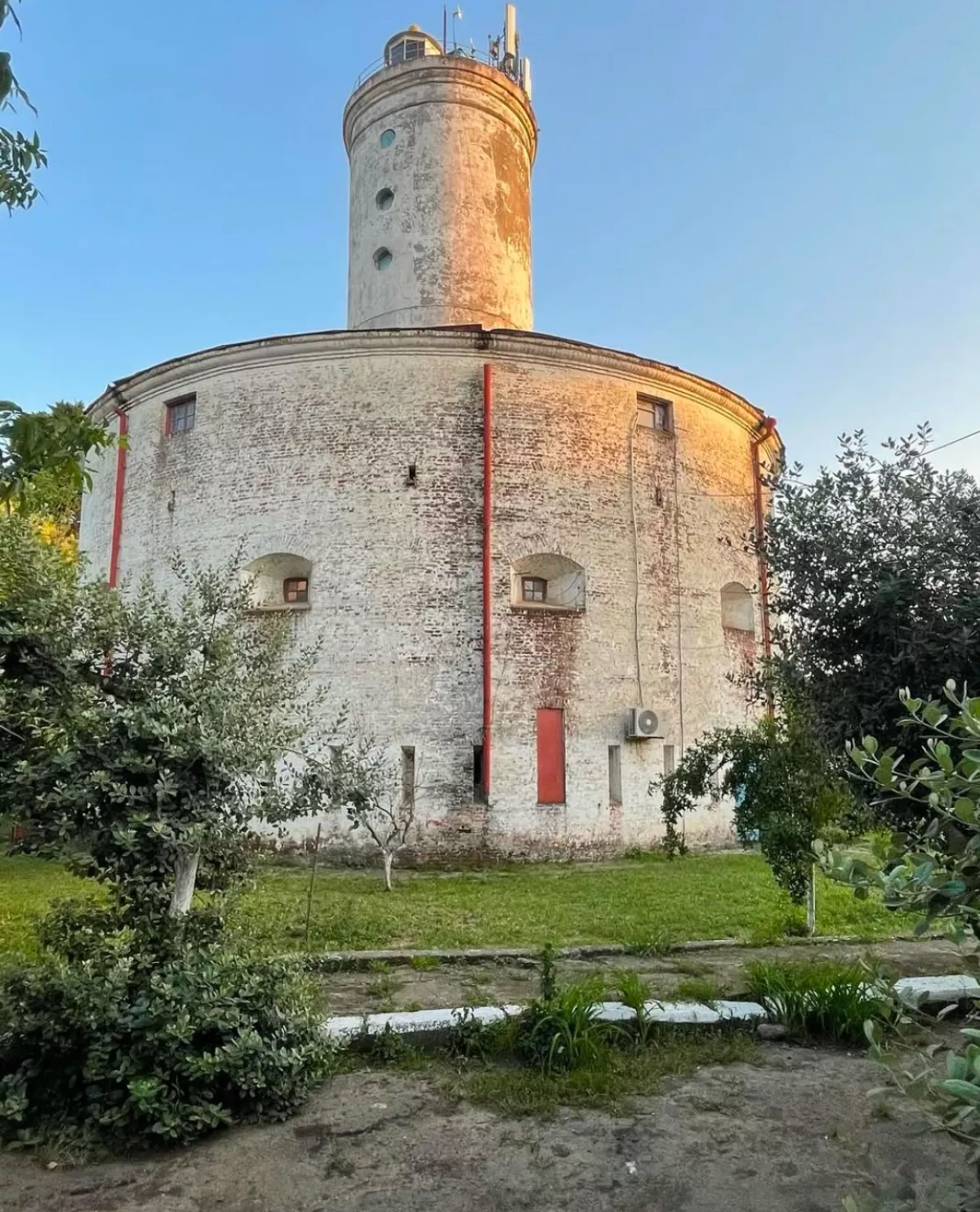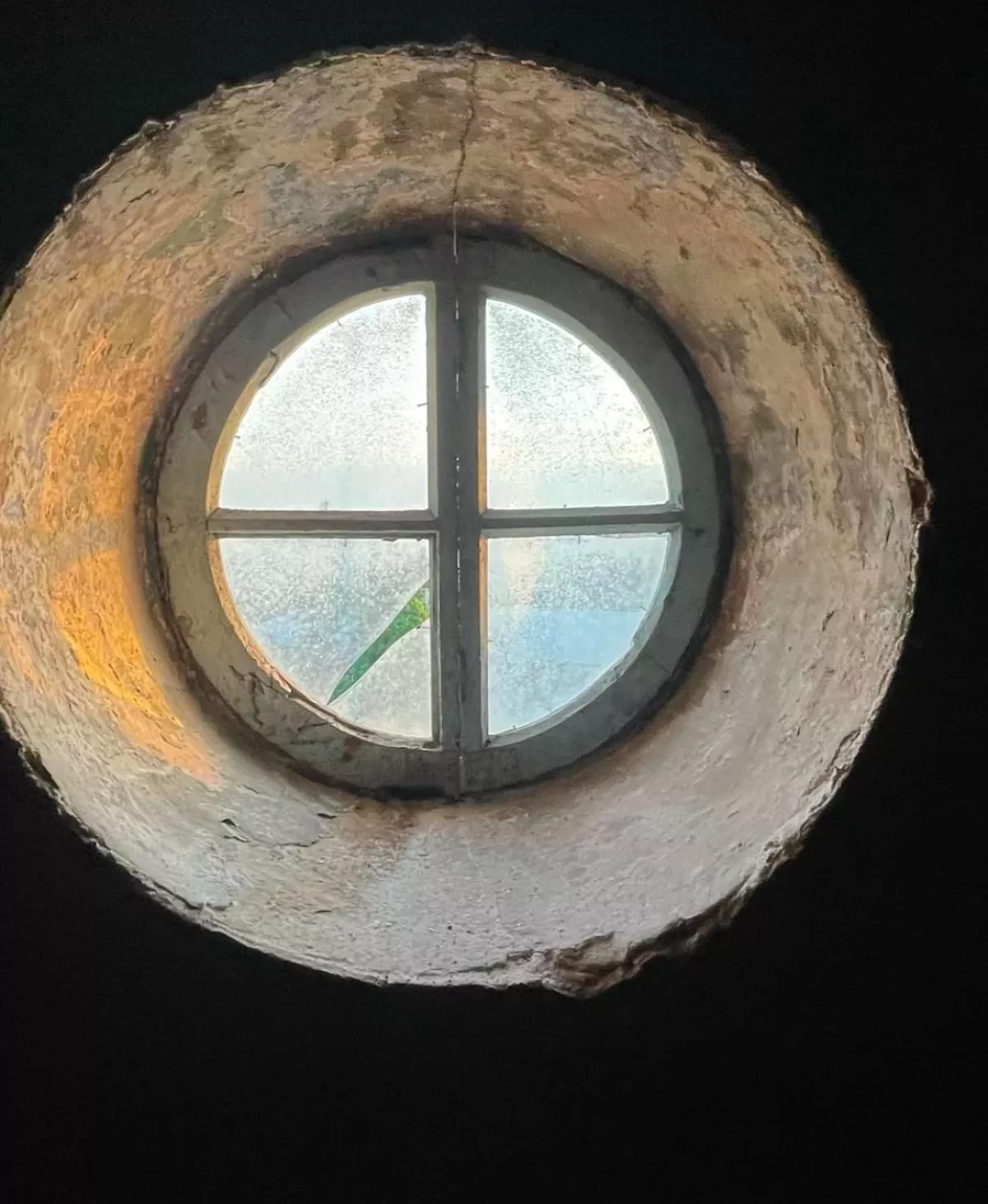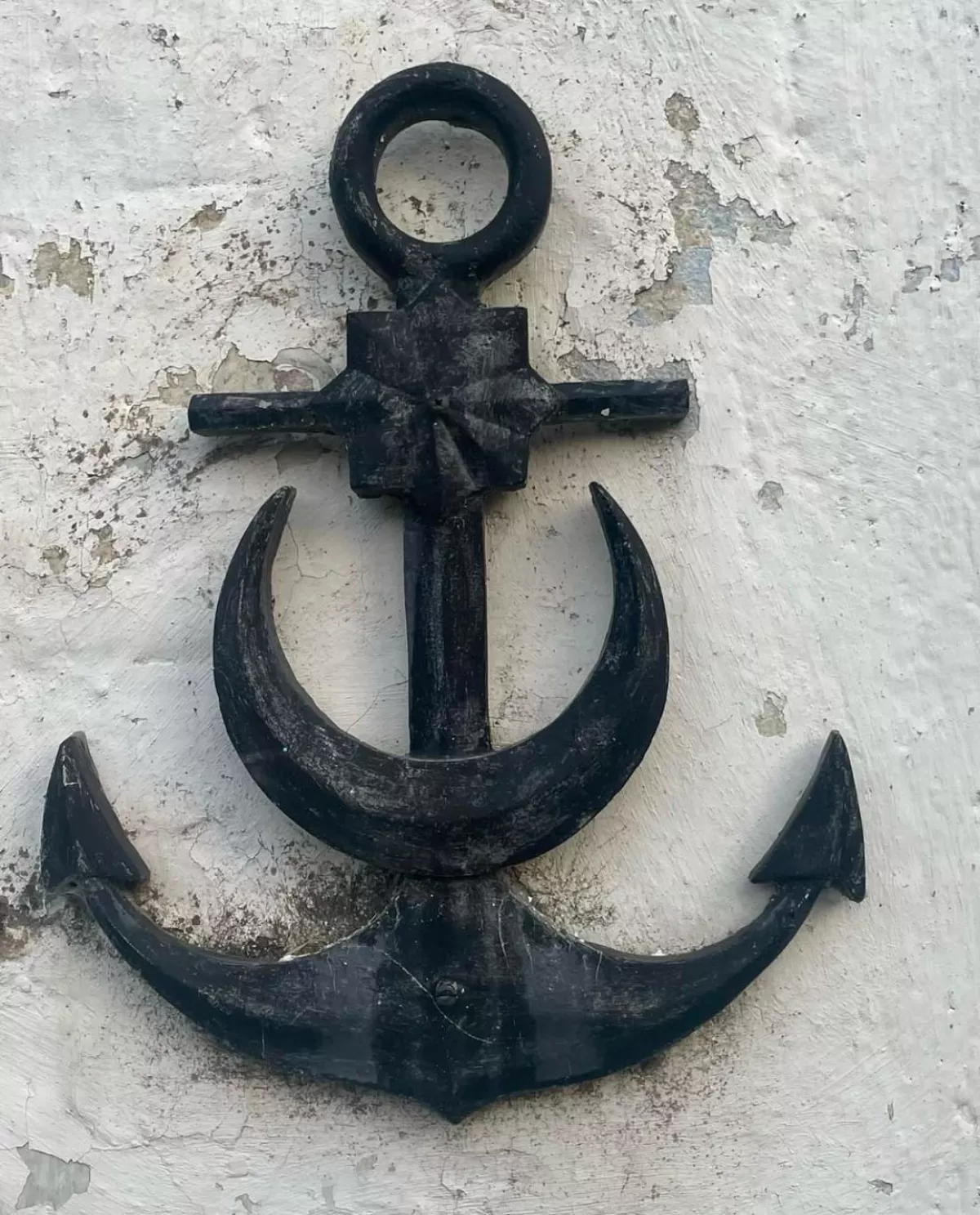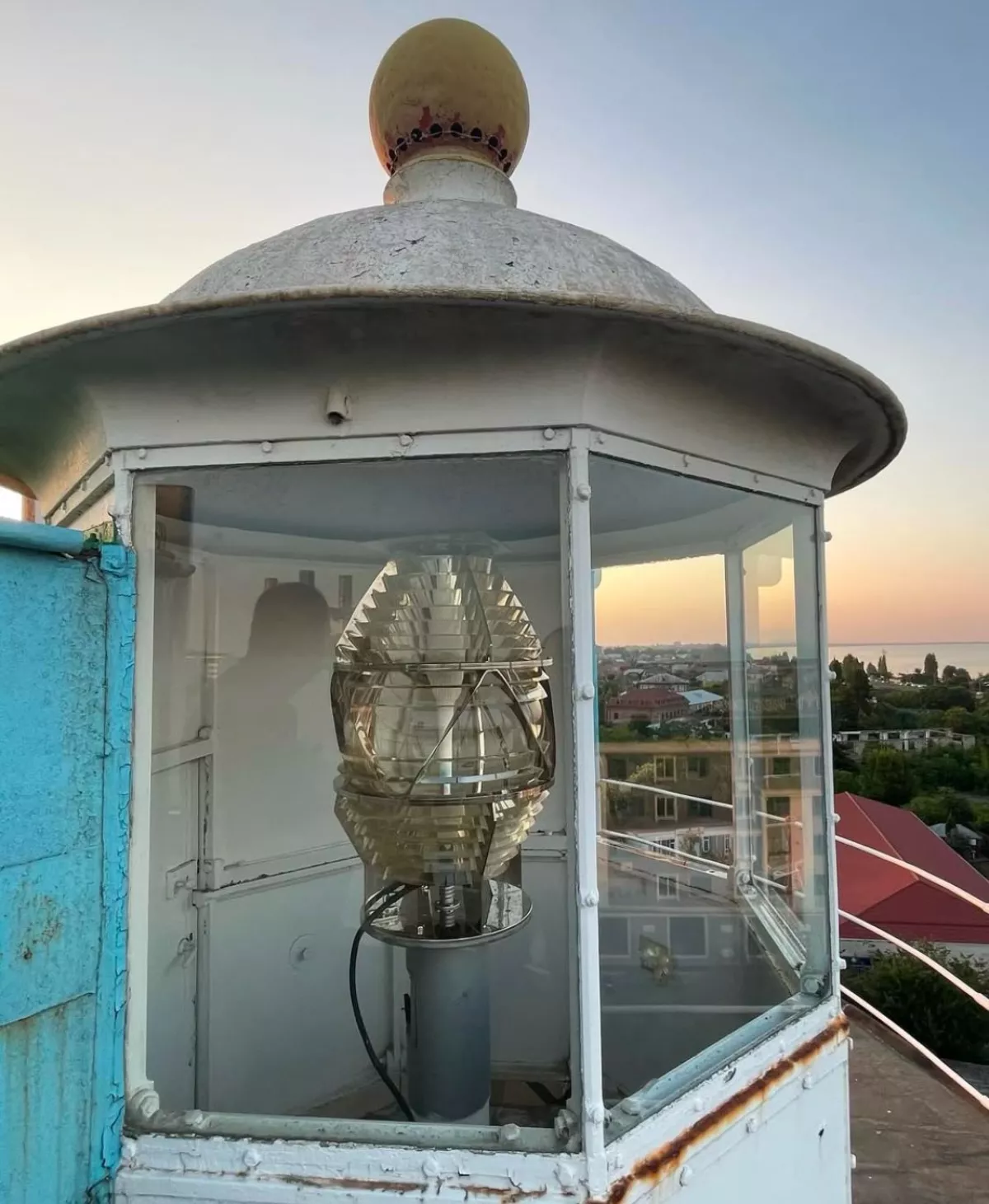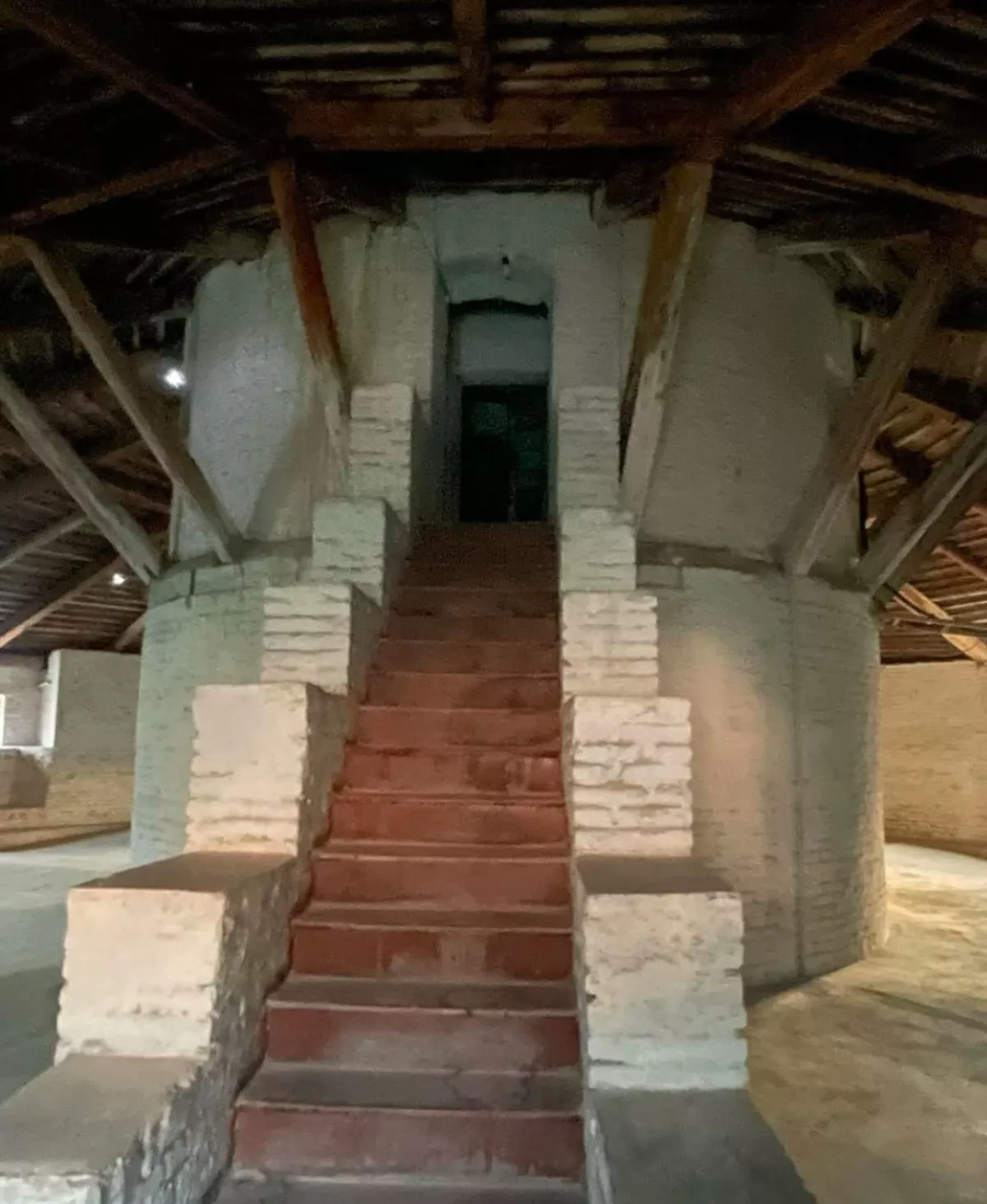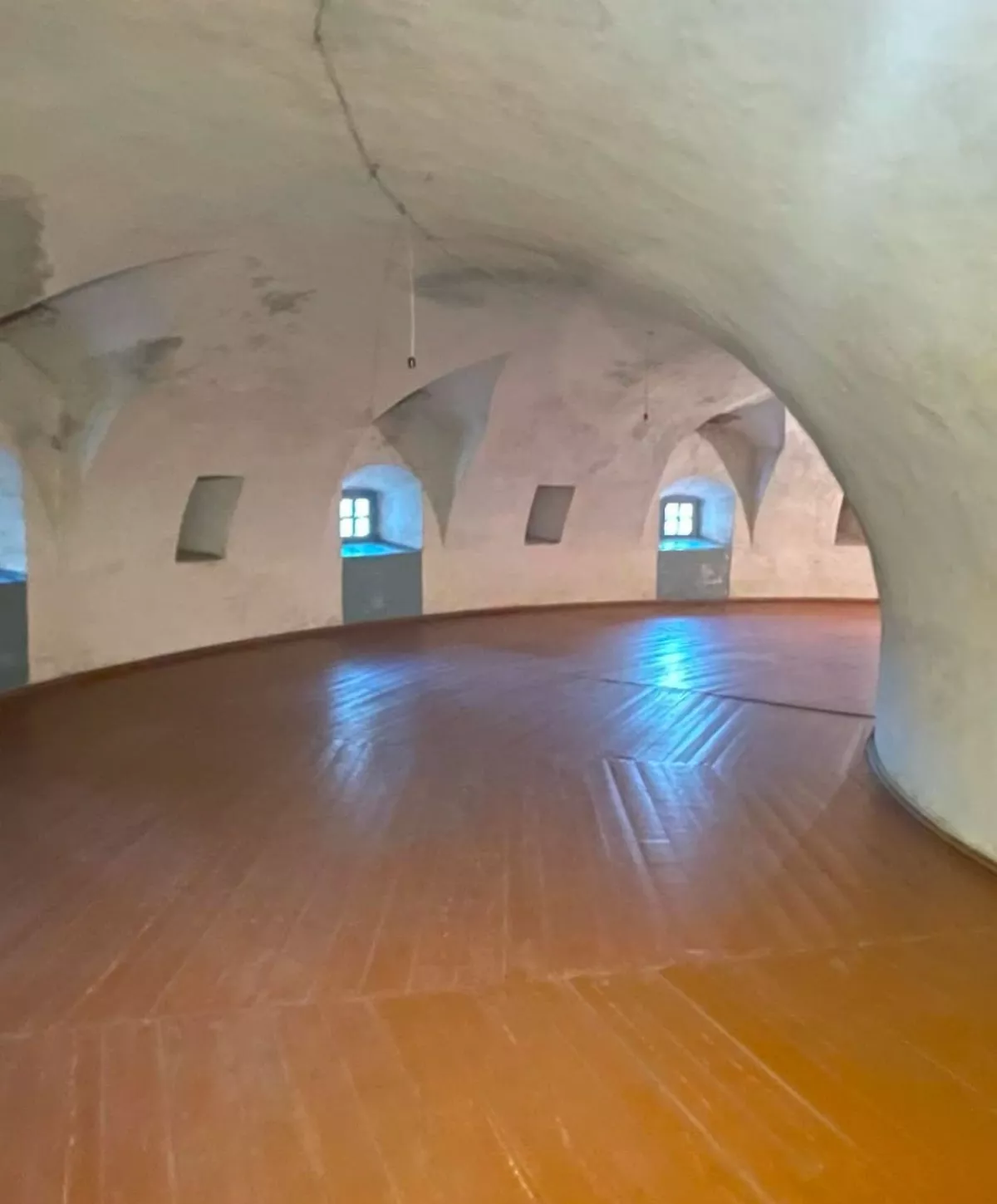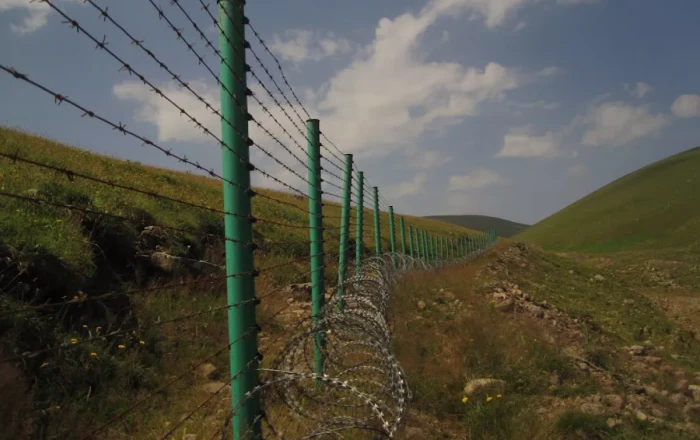Lighthouses have always served as crucial landmarks for sailors, symbolising safety and guidance on the open sea. Throughout the history of navigation, they have played a key role in helping ships avoid dangers and find their way during the night or in conditions of poor visibility. Each lighthouse, with its unique architecture and light characteristics, carries not only practical significance but also cultural heritage, standing as a symbol of resilience and hope.
Since the mid-19th century, the Caspian Sea has been the subject of comprehensive study due to its importance as a key strategic area of the Caucasus, known as the "Gateway to the East," and as a major trade route. In the second half of the 19th century, to ensure the safety of navigation along the northern coast of the Absheron Peninsula, three lighthouses were constructed: the Absheron, Amburan, and Shuvelan Lighthouses.
By the beginning of the 20th century, numerous lighthouses, lighthouse towers, and small beacon lights had been built across the region to ensure the safety of navigation. Among them were the Sangi-Mughan Island Lighthouse (1891), the Boyuk Zira Island Lighthouse (1884), and the Lankaran Lighthouse (1869). The Astara and Kura lighthouses have survived to this day, albeit in a reconstructed form. Today, Azerbaijan’s lighthouses continue to operate, each possessing its own unique character.
When speaking about the history of Azerbaijan’s lighthouses, it is impossible not to mention the Maiden Tower — a significant and striking symbol of the city of Baku. An interesting fact is that throughout the second half of the 19th century, the tower served as a lighthouse. On 11 May 1858, a lantern equipped with oil lamps and reflectors was installed at the top of the tower in a specially constructed cabin. Its visibility range reached 8 miles (approximately 15 kilometres). Since the outline of the lighthouse blended with the surrounding mountains during daylight hours, a wide white stripe was painted around the top of the tower in 1895. The beacon greatly facilitated night-time navigation in Baku Bay and guided ships towards the docks. The Maiden Tower served as a lighthouse until 1907, after which its light began to be lost among the growing city lights, and the lighthouse function was gradually transferred to the Boyuk Zira Island Lighthouse (formerly known as Nargin Island Lighthouse).
One of the lighthouses with the richest history and significance is the Lankaran Lighthouse. Lankaran is one of the oldest cities in Azerbaijan, located in the southeastern part of the country. The Lankaran Lighthouse is considered one of the city's outstanding architectural landmarks.
As a result of the Persian campaign by the Russian army and navy (1722–1723), Lankaran and its surrounding areas, including the western and southern shores of the Caspian Sea, were annexed to Russia under the Treaty of Saint Petersburg, signed on September 12, 1723. In the 19th century, following the Russo-Persian War (1826–1828), Russia consolidated its influence in the region and secured exclusive trading rights with the East, including Persia (modern-day Iran). Lankaran, located along the maritime route Astrakhan–Baku–Anzali (Iran), became an important fortress and port, attracting ships and vessels year after year.
Until the 19th century, approaches to the Lankaran roadstead were not marked by navigation lights, meaning that ships could only approach the city during daylight hours. In response to a petition from the command of the Caspian Flotilla, the Hydrographic Department granted permission in 1858 for the construction of a lighthouse in Lankaran. However, construction only began in 1868, and the lighthouse commenced operations on 9 August 1869.
A fourth-order dioptric optical apparatus, purchased in France, was installed on a defensive tower. This tower was part of the fortifications built in the 18th century. According to some accounts, they were erected as strongholds of the Lankaran fortress by the order of Nadir Shah. The walls of the tower reach up to two metres in thickness. The fortress played an important defensive role in various wars until 1869. After the capture of Lankaran by Russian troops, the fortress walls were destroyed, the strongholds dismantled, and the military fortification abolished.
Following the commissioning of the Lankaran Lighthouse — whose tower height, up to the lantern structure including the lantern itself, reached 33.4 metres — safe navigation was ensured in the southeastern part of the Caspian Sea. Ships were able to approach the shore and continue their journey at any time of day and in any weather conditions without hindrance. This made the maritime route Astrakhan–Baku–Anzali, including the port of Lankaran, not only economically advantageous but also safe for all participants in navigation.
In 1912, work was completed to extend the lighthouse’s visibility range. The superstructure was rebuilt to accommodate a new optical apparatus and raised by 7.8 metres. In 1957, the lighthouse building was renovated, and for its centenary in 1969, a bronze plaque was installed bearing the inscription: “To the Lankaran Lighthouse on its 100th Anniversary.”
The Lankaran Lighthouse continues to serve to this day, operating according to a set schedule. Today, ships navigating the southern waters of the Caspian Sea rely on its signals to determine their course.
When speaking about the lighthouses of Azerbaijan, a noteworthy recent event is the publication of the book “Lighthouses of Azerbaijan.”
Based on archival materials, this work offers a comprehensive study of the history of the country’s lighthouses, from the oldest to the modern ones. The book is the result of extensive research, gathering valuable information about the lighthouses, their significance, and their role in maritime navigation. The publication was released at the initiative and with the support of the Baku Port.
The Lankaran Lighthouse stands as a symbol of resilience and reliability, serving as a guiding star for those who risk their lives across the vast expanses of the sea. Its majestic structure, having withstood the harsh forces of nature, is not only an important navigational landmark but also a treasured historical monument, reminding us of the development of seafaring in our region.
This lighthouse has become a symbol of loyalty and dedication to its mission, safeguarding sailors for decades. Its importance goes far beyond that of a mere technical facility — it is a historic monument that has left an indelible mark on the maritime history of Azerbaijan.
Based on materials from the book “Lighthouses of Azerbaijan.”
Vahid Shukurov, exclusively for Caliber.Az
Source: caliber.az



